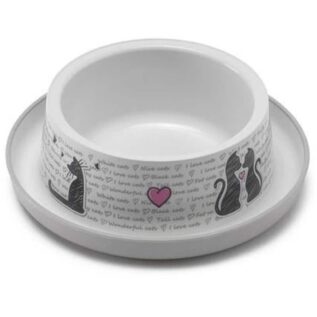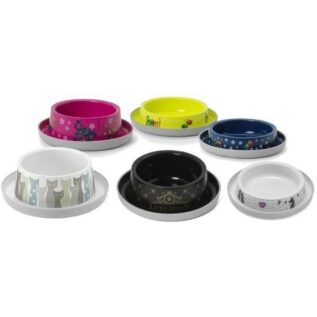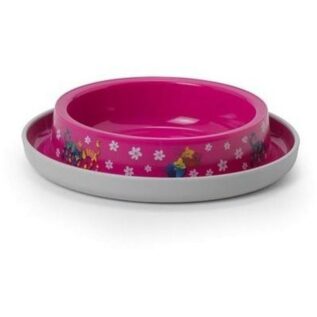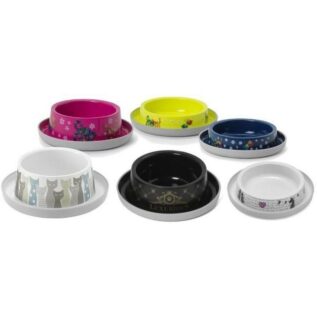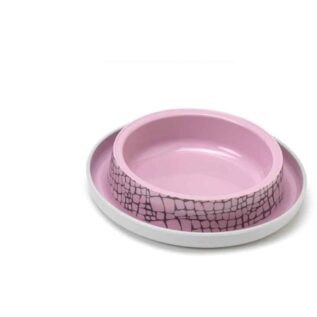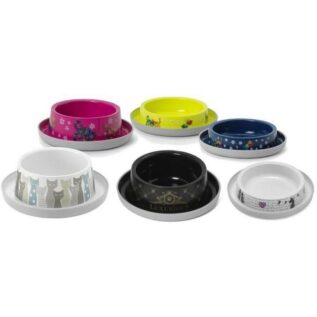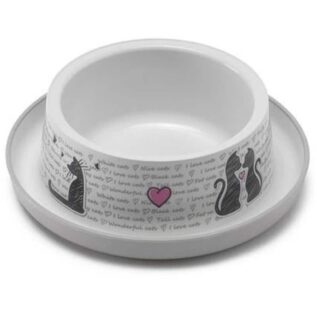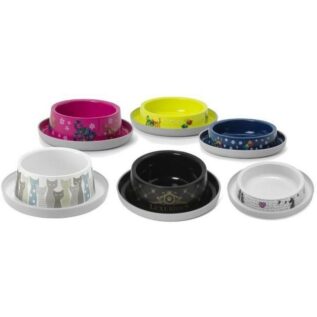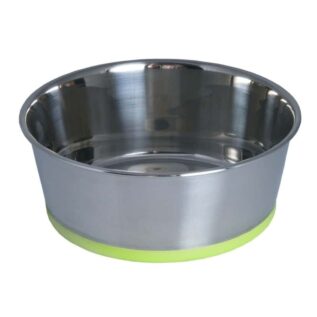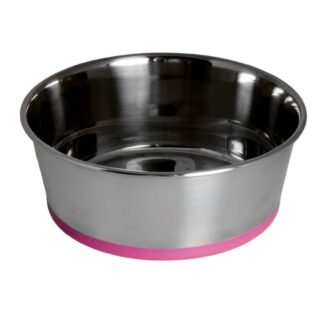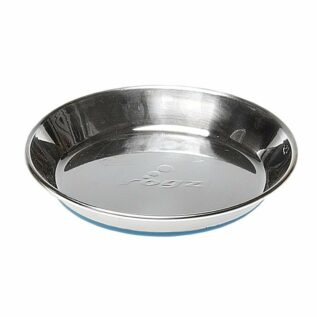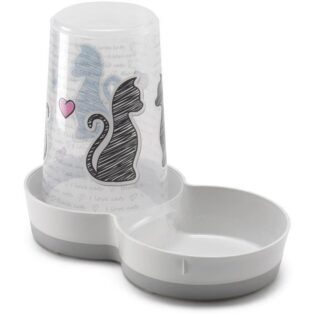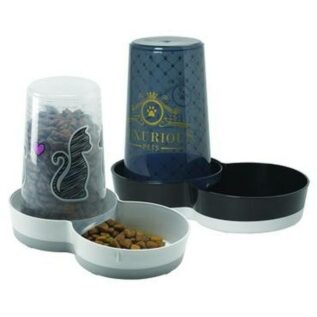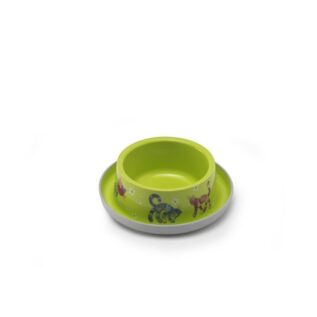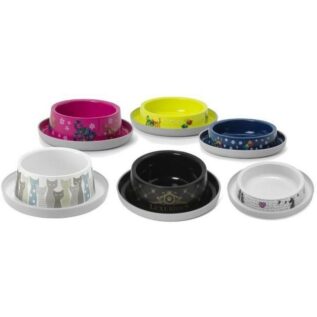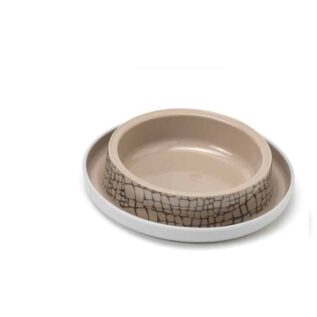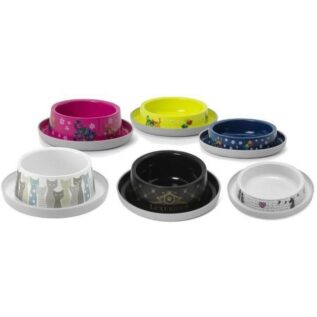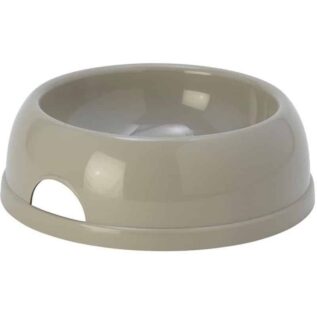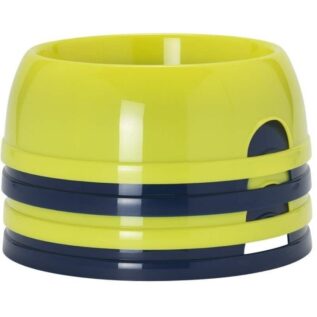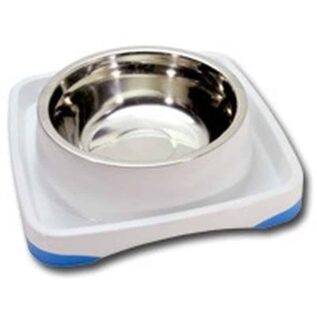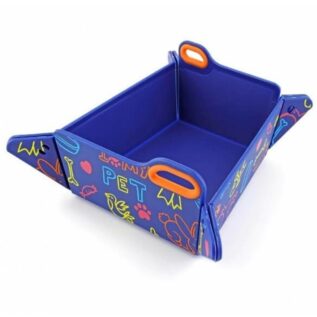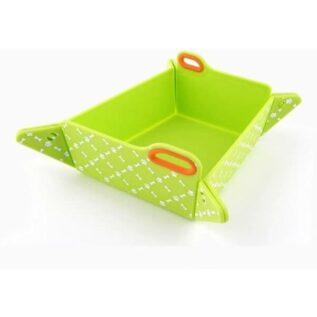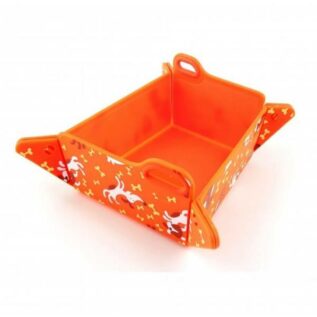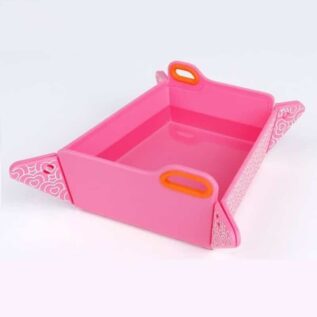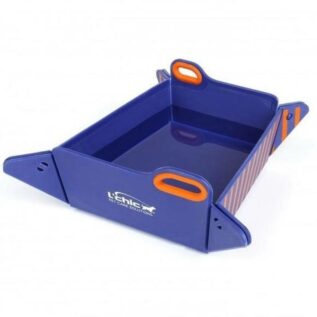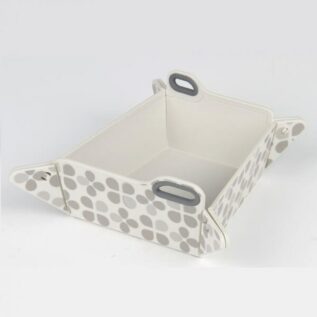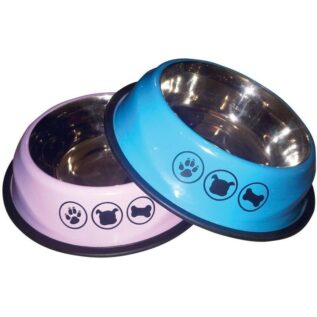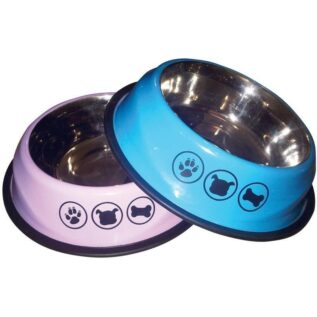How to Choose a Cat Feeding Bowl
Introduction
Cats are notoriously finicky eaters, and choosing the right feeding bowl can make a big difference in their overall eating experience. With so many options available on the market, it can be overwhelming to find the perfect feeding bowl for your furry friend. In this article, we'll explore the different types of cat feeding bowls, factors to consider when choosing one, additional features to look for, and tips for maintaining your cat's feeding bowl.
Types of Cat Feeding Bowls
There are various types of cat feeding bowls available, each with its own benefits and drawbacks.
Plastic Bowls
Plastic bowls are lightweight, affordable, and come in various shapes, sizes, and colors. However, they can scratch easily and may harbor bacteria in these scratches, which can lead to health issues for your cat.
Ceramic Bowls
Ceramic bowls are typically heavier than plastic bowls and come in many attractive designs. They're more durable and less likely to harbor bacteria, but they can break if dropped.
Stainless Steel Bowls
Stainless steel bowls are a popular choice for their durability, ease of cleaning, and resistance to bacteria. They're also less likely to tip over due to their weight, but they may not be as visually appealing as other options.
Elevated Bowls
Elevated bowls help to reduce strain on your cat's neck and spine by raising the food and water dishes off the ground. These can be especially beneficial for older cats or those with mobility issues.
Factors to Consider When Choosing a Cat Feeding Bowl
When choosing a cat feeding bowl, consider the following factors:
Material
Choose a material that is durable, easy to clean, and resistant to bacteria. Stainless steel is often the best choice for these reasons, but ceramic can also be a good option.
Size and Depth
Select a bowl that is appropriately sized for your cat's needs. A shallow, wide bowl can help prevent "whisker fatigue," which occurs when a cat's whiskers touch the sides of the bowl while eating.
Stability
A stable bowl is less likely to tip over or slide around during mealtime. Look for bowls with a wider base or a non-slip bottom to minimize spills and messes.
Ease of Cleaning
Choose a bowl that is dishwasher-safe or easy to clean by hand. Regular cleaning can help prevent the buildup of bacteria and keep your cat healthy.
Price
Consider your budget when selecting a cat feeding bowl. While stainless steel and ceramic options may be more expensive, they can offer long-term benefits in durability and cleanliness.
Additional Features to Look For
Some cat feeding bowls come with extra features that can enhance your cat's eating experience.
Non-Slip Base
A non-slip base can help keep the bowl in place during mealtime, preventing spills and messes.
Slow-Feeder Design
Slow-feeder bowls are designed to encourage cats to eat more slowly, which can aid digestion and prevent overeating.
Personalization
Personalized bowls with your cat's name or a fun design can add a unique touch to your home.
Tips for Maintaining Your Cat's Feeding Bowl
To keep your cat's feeding bowl in good condition, follow these tips:
- Wash the bowl regularly to prevent bacteria buildup.
- Inspect the bowl for scratches or damage, especially if it's made of plastic or ceramic.
- Replace plastic bowls if they become scratched or damaged.
- Use a mild dish soap and warm water when cleaning by hand.
- Dry the bowl thoroughly before refilling it with food or water.
Frequently Asked Questions
Can I use a dog bowl for my cat?
When used correctly, bark control collars are designed to be safe and humane. However, it's crucial to choose the right collar type for your dog and ensure it has safety features to prevent injury.
How often should I clean my cat's feeding bowl?
Ideally, you should clean your cat's feeding bowl daily, or at least every other day, to prevent bacteria buildup and maintain a clean eating environment.
Is it okay to use plastic feeding bowls for my cat?
While plastic bowls are affordable and lightweight, they can harbor bacteria in scratches and may not be as durable as other materials. Stainless steel or ceramic bowls are often better choices for long-term use.
Should I use separate bowls for food and water?
Yes, it's best to use separate bowls for food and water to prevent cross-contamination and to keep both sources clean.
Can whisker fatigue be harmful to my cat?
Whisker fatigue can cause discomfort and stress for your cat. Selecting a shallow, wide feeding bowl can help prevent this issue and create a more enjoyable eating experience for your feline friend.

